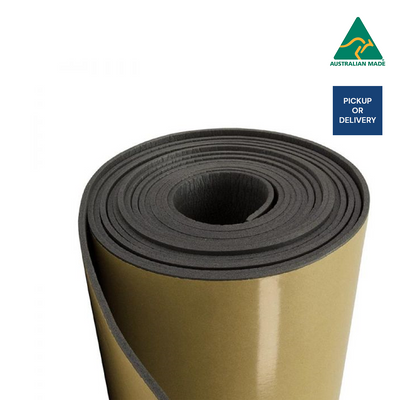Polyethylene foam, also known as PE foam, is a versatile and widely used material in various industries. It is a type of closed-cell foam made from polyethylene, a thermoplastic polymer that is known for its durability and excellent cushioning properties. In this ultimate guide, we will explore the different types of polyethylene foam, its uses, and the numerous benefits it offers.

Types of Polyethylene Foam
There are several types of polyethylene foam available, each with its own unique characteristics and applications. The most common types include:
1. Low-Density Polyethylene (LDPE) Foam: This type of polyethylene foam is known for its softness and flexibility. It is often used for cushioning and protective packaging, as it provides excellent shock absorption properties. LDPE foam is also commonly used in the construction industry for insulation and soundproofing.
2. Cross-Linked Polyethylene (XLPE) Foam: XLPE foam is a more rigid and durable type of polyethylene foam. It has a closed-cell structure, which makes it resistant to moisture and chemicals. XLPE foam is commonly used in automotive industries for gaskets, seals, and insulation.
3. Expanded Polyethylene (EPE) Foam: EPE foam is a lightweight and flexible type of polyethylene foam. It is commonly used for packaging fragile items, as it provides excellent cushioning and protection.
4. Ethylene-Vinyl Acetate (EVA) Foam: EVA foam is a type of cross-linked polyethylene foam that contains a higher percentage of vinyl acetate. It is known for its softness, flexibility, and excellent shock absorption properties.
5. Polyethylene Plank Foam: This type of polyethylene foam is manufactured in large planks or sheets. It is commonly used in the construction industry for insulation, as it provides excellent thermal resistance. Polyethylene plank foam is also used in packaging, as it can be easily cut and shaped to fit specific products.
Conclusion
Polyethylene foam is a versatile and reliable material that offers numerous benefits across various industries. Its different types cater to specific needs, and its unique properties make it suitable for a wide range of applications, including packaging, insulation, automotive, sports, and medical industries.
